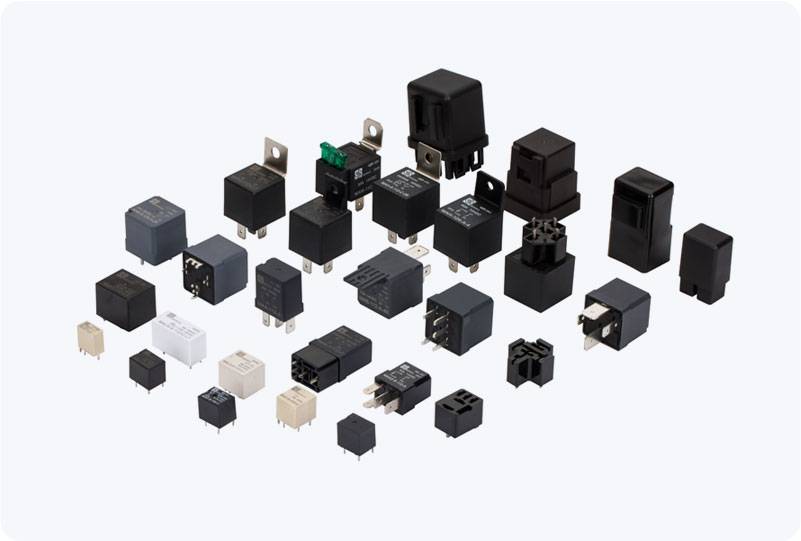Relays are integral components in modern vehicles, controlling the electrical circuits that operate a variety of essential systems. From starting the engine to powering the air conditioning, relays ensure smooth operation by acting as switches for these systems. However, like any other vehicle part, relays can fail, leading to a host of potential issues. Understanding the common relay failure modes in cars can help drivers diagnose problems early and avoid costly repairs. This article explores the typical failure modes, their symptoms, and how to address them.

1. Electrical Contact Failure One of the most common causes of relay failure in vehicles is the degradation of the internal electrical contacts. Relays rely on metal contacts that open and close to control the flow of electricity. Over time, these contacts can wear out, corrode, or even burn due to repeated use, particularly when the relay is under heavy load. The failure of these contacts can result in a poor or complete loss of electrical connection, causing the system that the relay controls to malfunction. For example, a starter relay with faulty contacts might not activate the starter motor when the ignition is turned on. Similarly, a malfunctioning fuel pump relay could prevent the fuel pump from operating, resulting in an engine that won’t start. If a relay fails due to contact damage, it often requires replacement, as the internal contacts are not repairable.
Leave a Reply